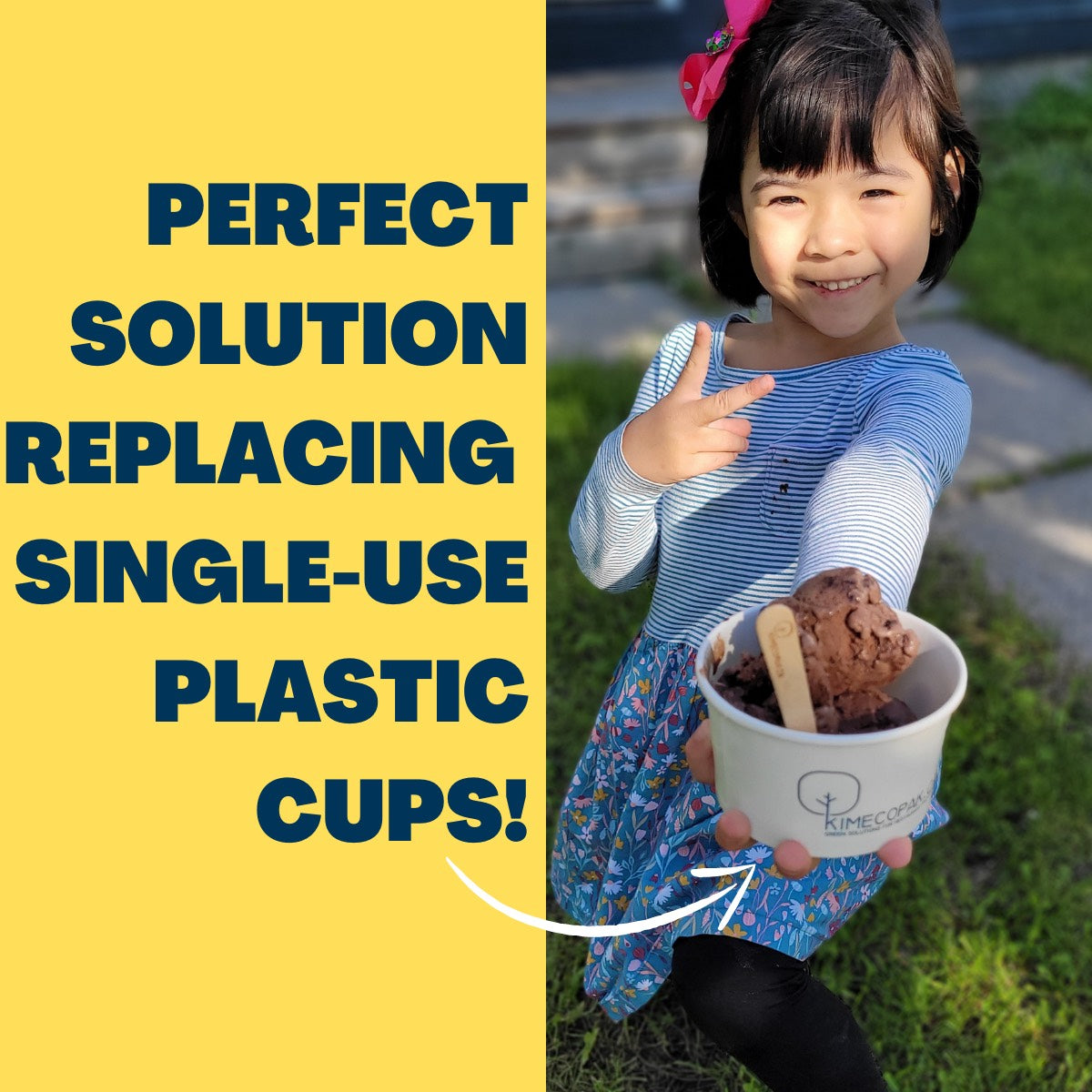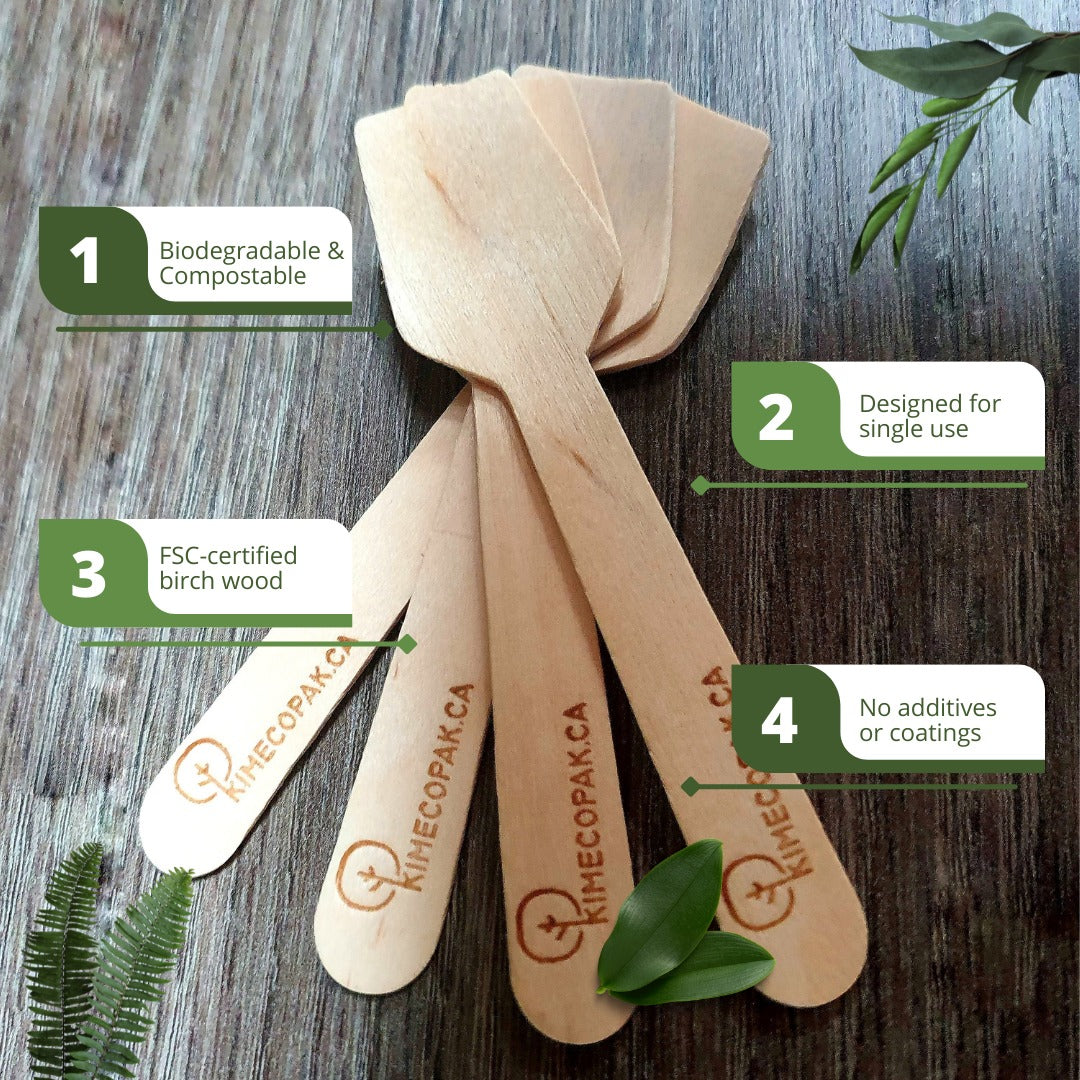Proper storage of opened wine is crucial for maintaining its quality and flavor. Once a bottle is opened, exposure to air begins to change the chemistry of the wine, leading to oxidation.
Oxidation and flavor loss
When wine is exposed to oxygen, it starts to oxidize, which can alter its flavor profile. Initially, oxidation can enhance some wines, making them more aromatic. However, prolonged exposure results in diminished flavors and undesirable changes, such as sourness or a flat taste.
Shelf life of red vs. white vs. sparkling wine
The shelf life of opened wine varies significantly across different types:
- Red wine: Typically lasts 3 to 5 days if stored correctly.
- White wine: Generally lasts about 3 to 5 days in the fridge.
- Sparkling wine: It can last 1 to 3 days before losing its bubbles, requiring tight sealing.
Common mistakes that spoil open wine
Here are a few common pitfalls to avoid:
- Leaving the bottle uncorked: This allows oxygen to spoil the wine faster.
- Storing the bottle upright: This can hasten oxidation and ruin the wine's aroma.
- Exposing wine to light: UV rays can degrade the quality.
General Rules for Storing Opened Wine

Adopting the right storage habits can significantly enhance the longevity of your opened wine.
Re-corking or using a wine stopper
Always re-cork the bottle after pouring. To ensure a tight seal, you can use a wine stopper designed to fit snugly, minimizing air contact. This small step can extend the wine's life significantly.
Keep away from light and heat
Store wine in a cool, dark place. Heat can speed up the aging process and spoil the delicate balance of flavors. A kitchen cabinet away from the stove is often a good choice.
Store bottles upright to minimize oxidation
While red wines generally prefer a horizontal position for bottle aging, opened bottles should be stored upright. This reduces the surface area exposed to air, slowing down oxidation.
How to Store Red Wine After Opening

Red wines have specific storage requirements to maintain their taste.
Ideal temperature (room temp vs. refrigeration)
Red wine is best served at room temperature, approximately 55°F to 65°F (13°C to 18°C). If you're planning to drink it within a few days, you can leave it at room temperature, but for longer storage, consider refrigerating it. Red wine can be gently warmed to room temperature when you're ready to enjoy it again.
How long red wine lasts after opening
On average, opened red wine can last about 3 to 5 days, depending on the specific type and how well it's stored. Full-bodied reds with higher tannin levels like Cabernet Sauvignon may last longer than lighter reds.
Signs it’s gone bad
Signs of spoilage include off-putting odors reminiscent of vinegar, a significantly dull taste, or an uncharacteristic sour note. If the color has shifted dramatically, it's another indicator that the wine is no longer good.
How to Store White and Rosé Wine
White and rosé wines have similar storage needs that differ slightly from red wines.
Refrigeration is a must
Always store opened white and rosé wines in the refrigerator. The cooler temperature helps preserve their fresh, fruity flavors and enhances their crispness.
Use airtight closures
Utilizing an airtight closure is essential when storing open white and rosé wines, as it minimizes air exposure, thereby slowing oxidation.
Duration: 3–5 days on average
On average, opened white and rosé wines can last from 3 to 5 days in the refrigerator. While lighter varieties like Sauvignon Blanc may stay fresh closer to 3 days, fuller-bodied whites such as Chardonnay can hold up to the full 5 days if stored properly.
How to Store Sparkling Wine

To maintain the unique effervescence and taste of sparkling wines like Champagne and Prosecco, proper storage is crucial.
Use a Champagne Stopper
One of the best investments for sparkling wine lovers is a champagne stopper. Unlike a standard cork, a champagne stopper is designed to create an airtight seal that helps keep the bubbles intact. It prevents the carbon dioxide from escaping, which is essential for preserving the distinct fizz and flavors.
Store in Fridge and Consume Within 1–3 Days
After opening, the key to enjoying your sparkling wine is to store it in the fridge. The cooler temperature helps slow down the loss of bubbles. For optimal taste, aim to consume the opened bottle within 1 to 3 days. Waiting longer than this can lead to a flat experience, stripping sparkling wine of its intended freshness and joy.
How to Keep the Bubbles Fresh
To further preserve the bubbles, keep the bottle upright in the fridge. Storing it horizontally can cause the cap to lose its seal over time, leading to oxidation and a loss of carbonation. Remember, keeping your sparkling wine directly in the fridge also helps maintain the wine's cool temperature, ready for your next sip.
Vacuum Pumps and Wine Preservers
Vacuum pumps and other wine preservation systems have been designed to tackle the challenge of oxidation, which is one of the main concerns when it comes to storing opened wine.
How Vacuum Sealers Reduce Oxidation
Vacuum sealers work by removing air from the bottle’s neck once opened, significantly slowing down oxidation. By eliminating oxygen exposure, these devices help prolong the life of your wine, making it enjoyable for days or even weeks after initial opening.
Private-Use Wine Preservation Systems
Another option for wine preservation includes private-use systems like Coravin. This innovative device allows you to pour wine through a special needle while simultaneously replacing the extracted wine with argon gas, which does not react with the wine. It’s particularly useful for those who want to enjoy a single glass without compromising the rest of the bottle.
Pros and Cons of Wine Savers
While wine savers can be beneficial, it’s worth considering both sides:
Pros:
- Extends the life of opened wine significantly.
- Maintains more complex flavors through reduced oxidation.
- Ideal for wine enthusiasts who prefer small tastings without waste.
Cons:
- Initial investment can be substantial, especially for models like Coravin.
- Some systems may not work effectively with all wine types.
- Requires some practice to master usage effectively.
Wine Storage Myths to Avoid

There are various myths surrounding wine storage that can lead to improper preservation and disappointment.
“You Don’t Need to Refrigerate Red Wine”
Many people believe that red wine is best stored at room temperature. However, once opened, it is actually advisable to refrigerate red wine to slow the oxidation process. This makes it more palatable even when opened for several days.
“Sugar Preserves Wine Longer”
This is a prevalent misconception. While sugar can act as a preservative in certain foods, it does not help in extending the life of opened wine. In fact, sugar presence can lead to fermentation after bottling, potentially ruining your bottle.
“Any Cork or Cap Will Do”
Not all closures are created equal. Using an original cork or a specialized wine stopper is best for preserving opened wine. Substituting with a random cap might not create an adequate seal, leading to quicker spoilage.
Extra Tips to Extend the Life of Opened Wine
Here are some additional tips that can optimize your wine storage method:
Label the Date You Opened the Bottle
To keep track of how long your wine has been open, consider labeling the bottle with the date of opening. This practice keeps you aware of freshness and can help you enjoy the wine before it spoils.
Use Small Bottles to Reduce Air Contact
Transferring leftover wine into smaller bottles can minimize air contact. The less oxygen inside the bottle, the better the chance that the wine will remain fresh. This method is particularly effective for those who often find themselves with half-opened bottles.
Don’t Shake or Expose to Light Repeatedly
Once opened, it's best to handle your wine gently. Shaking can introduce air and disrupt the wine’s integrity, while exposure to light can cause it to break down more quickly. Store your opened bottles in a dark place whenever possible.
Conclusion
Storing opened wine properly can significantly enhance your drinking experience while minimizing waste. An understanding of the right practices not only preserves the quality of the wine but also allows you to enjoy its complexities over time. Here’s what you need to know to get the most out of your opened bottles.







